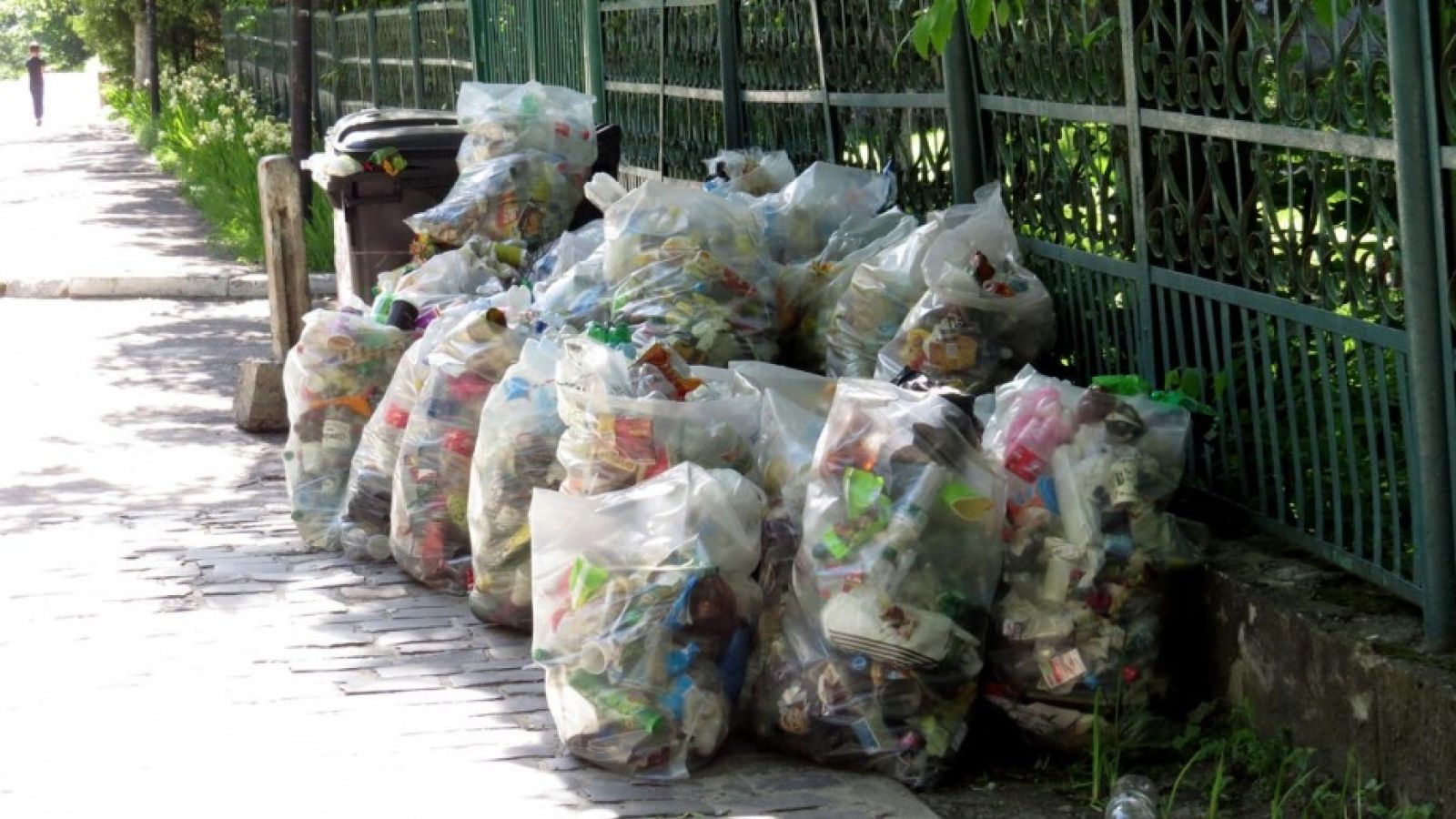Archaeology at home: The Garbage Project

Rubbish and recycling pile. Image: Torange biz
By Evana Ho
You’ve no doubt seen it in a film or TV show: the private investigator combing through a suspect’s rubbish that was left out on the curb. And it’s no wonder TV detectives do this. It’s a great way to gain insight into a person.
Welcome to modern archaeology. Instead of sifting through the items left behind by people who lived long ago, this is about examining contemporary rubbish to understand something about those still among us.
Yoli Estela, now a second year student studying Arts/Science, recently performed such a feat of modern archaeology. But not just for fun – although it was enjoyable. She did it for one of her ANU archaeology classes, an at-home exercise while the ANU campus was closed.
“My initial response when being assigned the exercise was a bit combination of surprised and excited,” Yoli said. “I think it's a really good activity as it's pretty hands-on.”
The exercise essentially replicated a famous archaeology study called The Garbage Project. The Garbage Project ran from 1973 until 2005 and was led by Professor Bill Rathje from the University of Arizona in the United States. Refuse was collected from households in Tucson, Arizona, along with other neighbouring cities, and that refuse was sorted, catalogued and analysed. The findings were vast and many different parties were interested in the results that they had a stake in: from the Consumer Nutrition Division of the USDA (which wanted to understand the quantity and contents of what consumers were eating), the Environmental Protection Agency (amount of discarded packaging by income group), to the snack food company Frito-Lay (“food management behaviors of older persons”).
For the purposes of gaining insights into archaeological techniques and principles, the exercise Yoli undertook was much smaller in scale. And closer to home. In fact, it was her own rubbish that she collected, logged and assessed.
“I live in student accommodation alone and this household only has me as resident,” Yoli explained. “It was not very smelly as the trash was fresh at that time. I didn't pick them in the bin, instead, for that week, I just collected them separately in a bag, without food waste and hazardous materials which should really go into the bin.”
The week’s worth of separated rubbish was designated the ‘artefacts’, and Yoli and her classmates were asked to catalogue their artefacts according to Professor Rathje’s Garbage List Item Code.
“I classified them as archaeological special finds and ordinary finds, later analysed any artefacts that provide information about social class, gender, age of persons within this household,” Yoli said.
“The exercise also asked us to think about a research question for a study of rubbish in Canberra, and debate whether Rathje's project is suitable for understanding past societies.”
When I asked her to reflect on what she learned from doing this exercise, Yoli replied: “I learned how much unhealthy food I was consuming in a week – I really didn't pay attention to that before, I thought I didn't eat too much unhealthy food before this exercise.”
She adds, “I also realised it's so good to categorise garbage as this would somehow protect our environment.”
For an activity this creative and personal, Yoli also saw it as having academic merit.
“I never thought about archaeology can be accessed so easily, that is, you can analyse 'artefacts' in your own home at any time,” she said. “In a nut shell, I think this exercise is undoubtedly academically meaningful.”
And would Yoli recommend that others also try this at home? She would.
“I found the exercise really worthwhile and interesting. I would recommend others try this at home if they are being killed by home-bored.”
She adds: “Just do it.”
